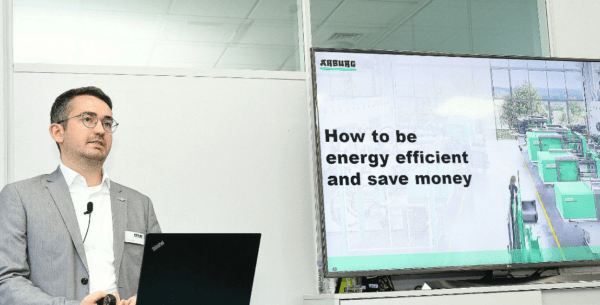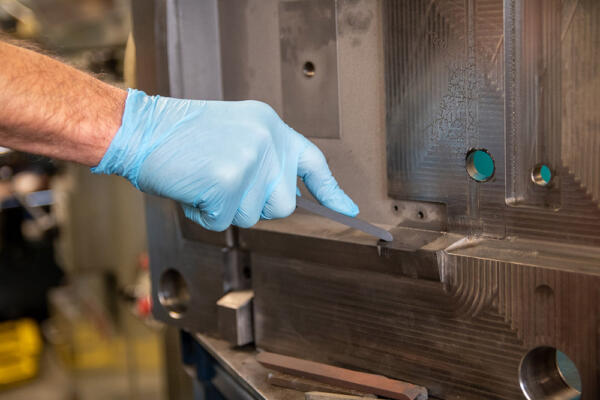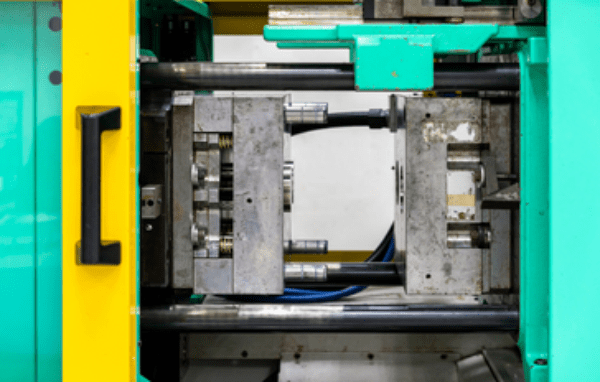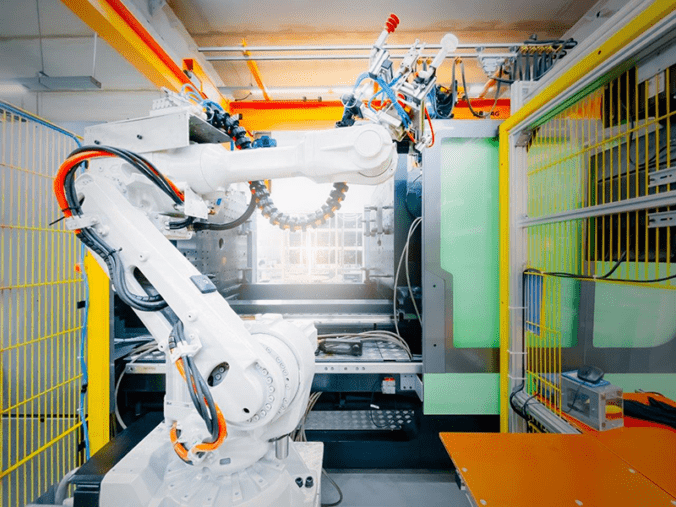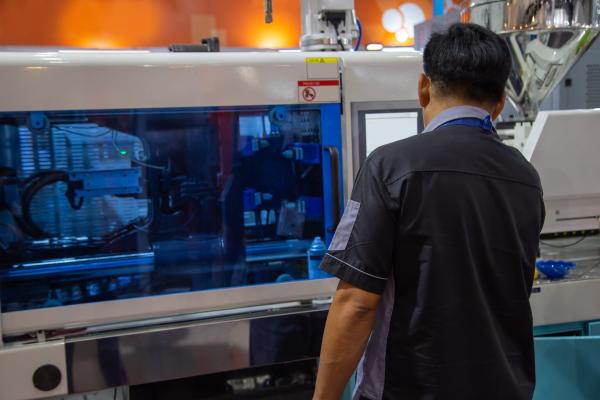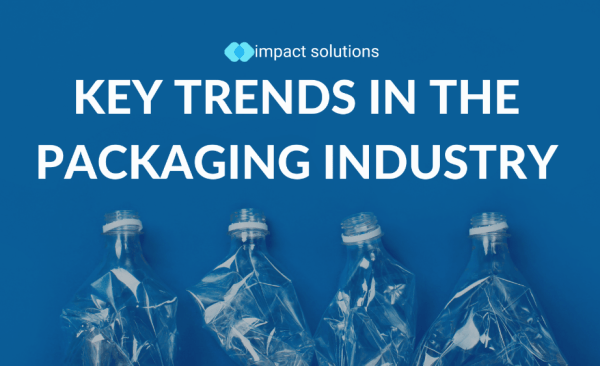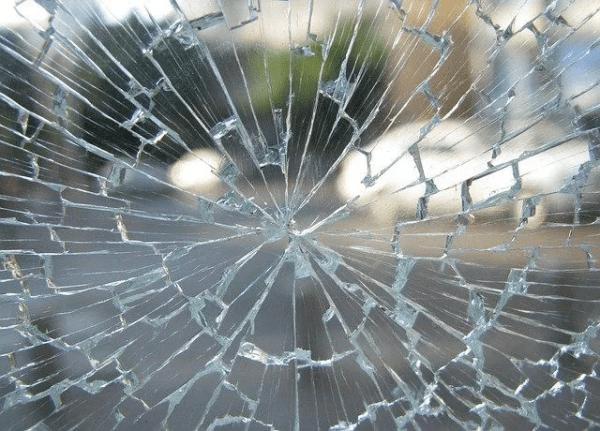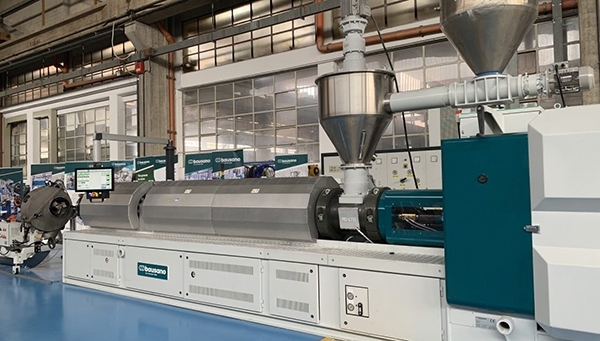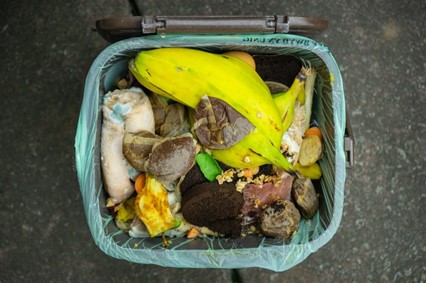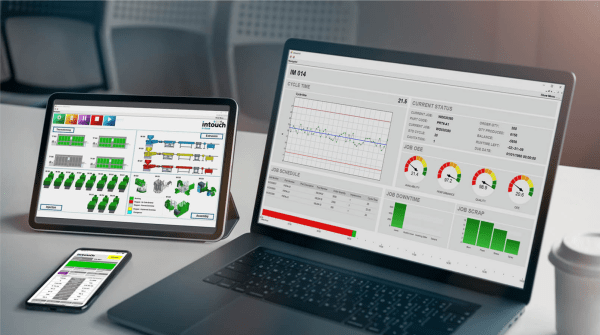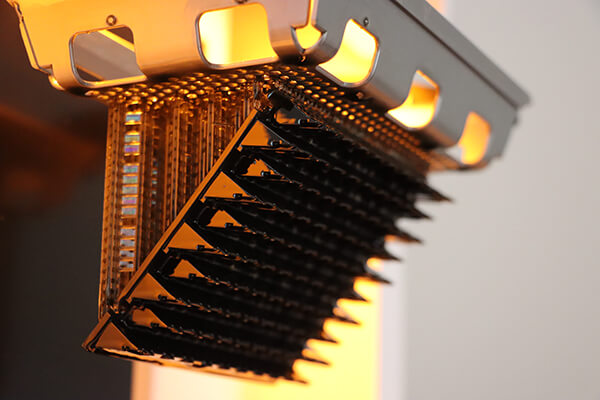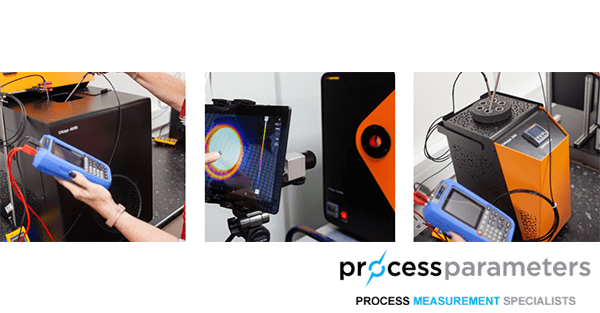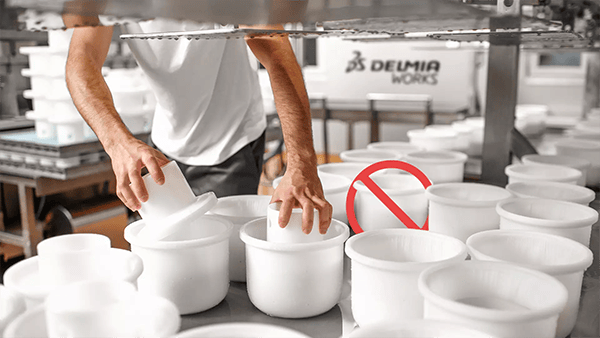Blow moulding is a method of producing hollow plastic parts such as bottles and containers. The process starts with melting raw plastic material and creating a parison, a tube-like piece of plastic with a hole on one end. The parison is then placed in a mould, and air is blown into the hole with a rod, causing the parison to expand and take the shape of the mould. The plastic is then cooled and solidified before being removed from the mould.
Continue reading

